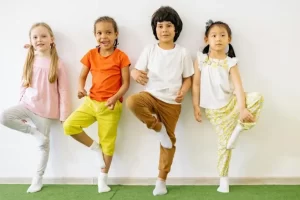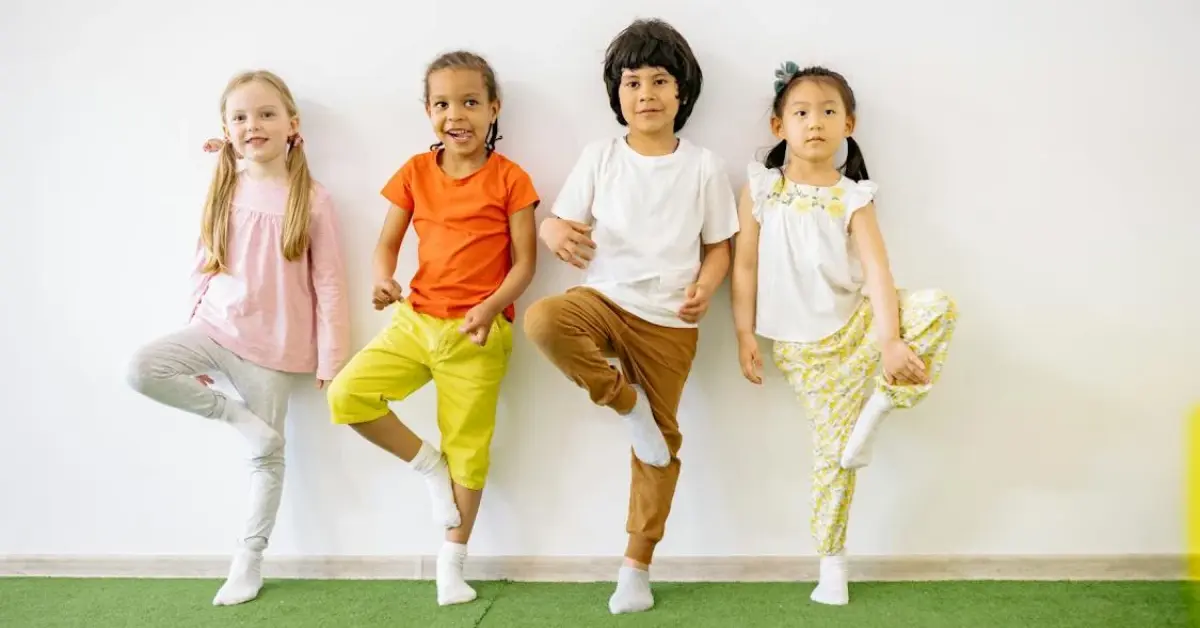In the modern world, where screens often dominate leisure time and sedentary lifestyles are becoming more common, the importance of physical activity for children cannot be overstated. The benefits of physical activity extend far beyond fitness and physical health, touching on every aspect of a child’s development – mental, emotional, and social. This comprehensive exploration delves into why encouraging regular physical activity is crucial for children and how it lays the foundation for a healthy and balanced life.
The Multifaceted Benefits of Physical Activity for Children
Physical Health Benefits
At the most basic level, regular physical activity strengthens children’s muscles and bones, reduces their risk of developing chronic health conditions such as obesity and type 2 diabetes, and helps to maintain a healthy weight. It’s also linked to better sleep patterns and higher energy levels, both of which are vital for a child’s growth and development.
Cognitive and Academic Gains
Physical activity has a significant positive impact on children’s brain health. It enhances cognitive function, which can lead to improved academic performance. Studies have shown that children who engage in regular physical activity have better attention spans, memory retention, and perform better on standardized academic tests than their less active peers. Exercise boosts brain health by improving mood, concentration, and even creativity, enabling children to navigate learning challenges more effectively.
Emotional and Mental Health
The mental and emotional benefits of physical activity are profound. Regular exercise helps to reduce symptoms of depression and anxiety, improves mood, and increases self-esteem. Physical activity releases endorphins, often known as the ‘feel-good’ hormones, which naturally boost mood and promote a sense of well-being. Furthermore, it provides an outlet for stress relief, helping children to manage their anxieties and emotional ups and downs in a healthy way.
Social Skills Development
Group sports and physical activities offer invaluable opportunities for children to develop essential social skills. Through team sports, children learn about teamwork, communication, and leadership. They also learn how to deal with winning and losing, which teaches resilience, perseverance, and grace in the face of disappointment. Physical activity in a group setting fosters a sense of community and belonging, helping children to form healthy relationships with their peers.
Overcoming Barriers to Physical Activity
Despite its benefits, many children today face barriers to regular physical activity. These can include a lack of safe outdoor spaces, an overemphasis on screen time, and an undervaluing of physical education in schools. Overcoming these challenges requires a concerted effort from parents, educators, and policymakers to prioritize and facilitate physical activity for children.
Encouraging Physical Activity at Home and in Schools
Parents and caregivers can encourage physical activity by being active themselves and setting a positive example. Designating specific times for family activities like walking, biking, or playing sports together can help establish a routine. Additionally, limiting screen time and encouraging outdoor play are practical steps that can significantly increase a child’s activity level.
Schools play a crucial role in promoting physical activity through physical education programs and recess. Ensuring that children have access to quality, enjoyable physical education and safe spaces to play is essential for encouraging lifelong healthy habits.
Creating Accessible and Inclusive Opportunities
It’s important to provide diverse and inclusive opportunities for physical activity that cater to children of all abilities and interests. Not every child will be interested in traditional team sports, so offering alternatives such as dance, martial arts, swimming, or cycling can help engage a wider audience. Making physical activity fun and varied increases the likelihood of children finding something they enjoy and want to continue.
The Path Forward
Fostering an environment that prioritizes and promotes physical activity for children is crucial for their holistic development. The benefits extend far beyond physical health, enriching their lives academically, emotionally, and socially. By addressing barriers to physical activity and creating a culture that values and encourages an active lifestyle, we can pave the way for healthier, happier children who are equipped to thrive in all areas of their lives.
In conclusion, the importance of physical activity for children is clear. It offers a foundation for a healthy life, teaching lessons that extend far beyond the playground or sports field. As parents, educators, and communities, it’s our responsibility to ensure that children have the opportunities and encouragement they need to lead active, healthy lives. The future well-being of our children, and indeed society at large, depends on it.












